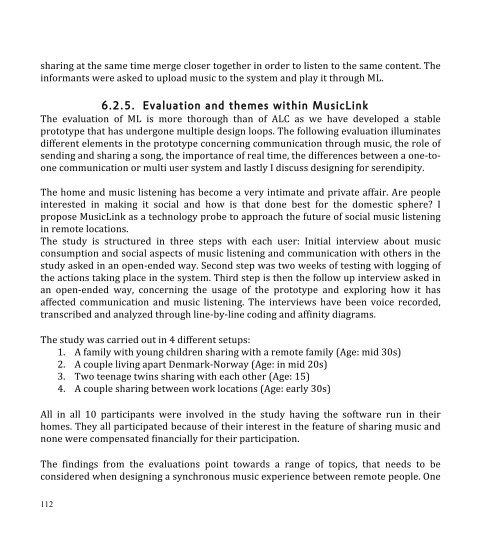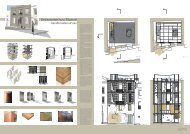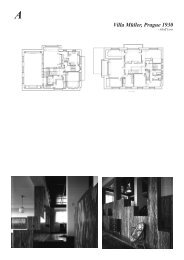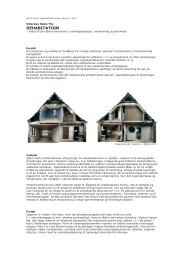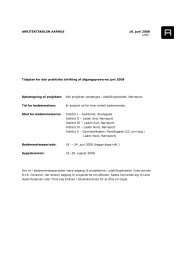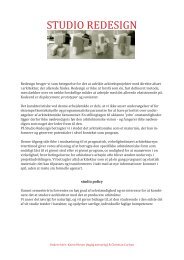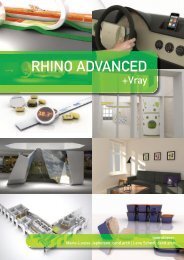-Tactics and Concepts for Highly Mobile People
-Tactics and Concepts for Highly Mobile People
-Tactics and Concepts for Highly Mobile People
You also want an ePaper? Increase the reach of your titles
YUMPU automatically turns print PDFs into web optimized ePapers that Google loves.
sharing at the same time merge closer together in order to listen to the same content. The<br />
in<strong>for</strong>mants were asked to upload music to the system <strong>and</strong> play it through ML.<br />
6.2.5. Evaluation <strong>and</strong> themes within MusicLink<br />
The evaluation of ML is more thorough than of ALC as we have developed a stable<br />
prototype that has undergone multiple design loops. The following evaluation illuminates<br />
different elements in the prototype concerning communication through music, the role of<br />
sending <strong>and</strong> sharing a song, the importance of real time, the differences between a one-‐to-‐<br />
one communication or multi user system <strong>and</strong> lastly I discuss designing <strong>for</strong> serendipity.<br />
The home <strong>and</strong> music listening has become a very intimate <strong>and</strong> private affair. Are people<br />
interested in making it social <strong>and</strong> how is that done best <strong>for</strong> the domestic sphere? I<br />
propose MusicLink as a technology probe to approach the future of social music listening<br />
in remote locations.<br />
The study is structured in three steps with each user: Initial interview about music<br />
consumption <strong>and</strong> social aspects of music listening <strong>and</strong> communication with others in the<br />
study asked in an open-‐ended way. Second step was two weeks of testing with logging of<br />
the actions taking place in the system. Third step is then the follow up interview asked in<br />
an open-‐ended way, concerning the usage of the prototype <strong>and</strong> exploring how it has<br />
affected communication <strong>and</strong> music listening. The interviews have been voice recorded,<br />
transcribed <strong>and</strong> analyzed through line-‐by-‐line coding <strong>and</strong> affinity diagrams.<br />
The study was carried out in 4 different setups:<br />
1. A family with young children sharing with a remote family (Age: mid 30s)<br />
2. A couple living apart Denmark-‐Norway (Age: in mid 20s)<br />
3. Two teenage twins sharing with each other (Age: 15)<br />
4. A couple sharing between work locations (Age: early 30s)<br />
All in all 10 participants were involved in the study having the software run in their<br />
homes. They all participated because of their interest in the feature of sharing music <strong>and</strong><br />
none were compensated financially <strong>for</strong> their participation.<br />
The findings from the evaluations point towards a range of topics, that needs to be<br />
considered when designing a synchronous music experience between remote people. One<br />
112


